With the rise of fitness trends, more and more people are choosing to work out at home. As one of the most classic and efficient pieces of fitness equipment, treadmills help improve cardiovascular health and provide a full-body workout within a limited space.
Professional Fitness Treadmills: Powerful Support for Fitness Enthusiasts
For fitness enthusiasts and those with long-term exercise goals, a professional fitness treadmill is the ideal choice for boosting stamina and improving physical performance. Compared to regular home treadmills, these machines come equipped with more powerful motors, wider belts, and multiple training modes, making them suitable for high-intensity workouts.
Key Features:
Powerful Motor: Delivers consistent and smooth power, supporting long-duration and fast-paced running.
Wide Running Surface: Ideal for high-intensity workouts, providing more space for users to move comfortably.
Multiple Training Modes: Offers various preset programs that allow users to tailor their workout intensity based on personal fitness goals.
These treadmills are perfect for users with more advanced training needs, providing long-lasting performance for frequent use.
Home Exercise Treadmills: The Perfect Solution for Everyday Workouts
For those who want to work out at home on a daily basis, a home exercise treadmill is an excellent choice. These treadmills are generally more compact in design and offer sufficient functionality to meet everyday fitness needs. They are easy to operate, making them ideal for users at any fitness level.
Key Features:
Compact Design: Space-saving and ideal for small apartments or homes with limited space.
Moderate Power: Provides a smooth running experience, perfect for daily jogging or walking.
User-Friendly Interface: Simple to use, making it accessible to all members of the household.
Home exercise treadmills offer a balance between performance and affordability, making them the preferred option for most home users.
Foldable Motorized Treadmills: Efficient and Space-Saving Design
For households with limited space but a desire for effective workouts, a foldable motorized treadmill is a perfect choice. These treadmills offer excellent performance while being easy to store when not in use, making them ideal for homes with limited space.
Key Features:
Foldable Design: Easily folds for storage, significantly saving space—ideal for small homes.
Motorized Adjustments: Offers adjustable speed and incline settings, allowing for different workout intensities.
Smart Monitoring: Many foldable treadmills come with heart rate monitoring and exercise tracking features, helping users keep track of their performance.
For users who need flexible storage options without compromising on workout results, foldable motorized treadmills are an excellent choice.
How to Choose the Right Treadmill for Your Needs?
When choosing a treadmill, consider the following factors:
Frequency of Use: If your goal is high-intensity or long-duration workouts, a professional fitness treadmill might be the best option. For casual daily workouts, a home exercise treadmill or foldable model may be more suitable.
Space Considerations: For those with limited space, a foldable treadmill is the ideal option, as it can be easily stored when not in use.
Budget: High-end professional fitness treadmills come with advanced features and a higher price tag, but they offer superior performance. For those on a budget, home models or foldable treadmills provide excellent value without compromising on quality.
As a professional treadmill supplier, Xiamen Golden Huanan Imp & Exp. Co., Ltd. offers a wide range of high-quality treadmills to meet different customer needs. Our treadmills are not only designed to meet the basic needs of users but also offer OEM and ODM customization services, allowing clients to tailor products to their specific requirements.




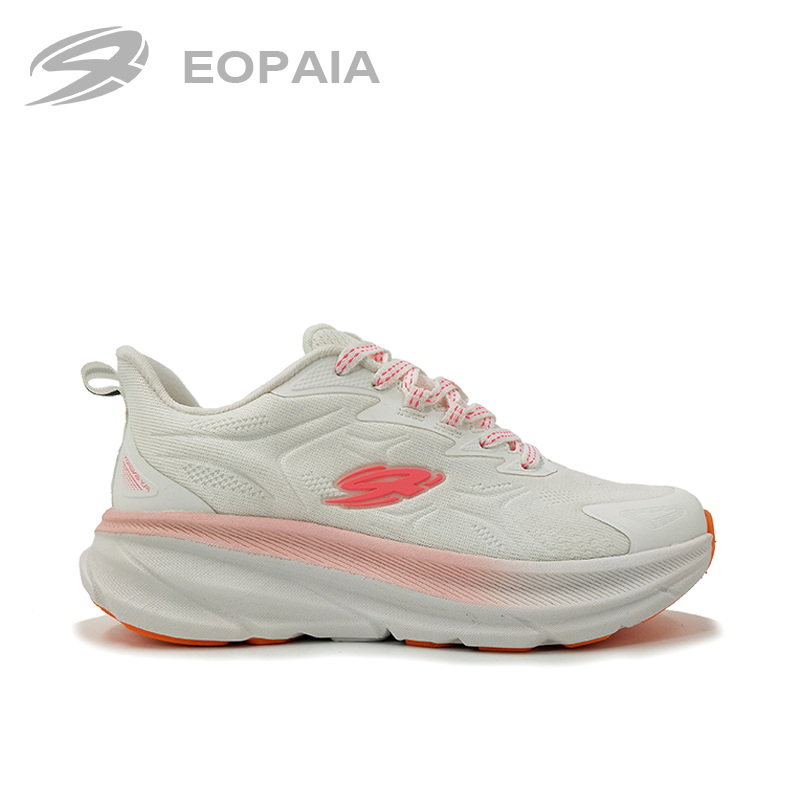
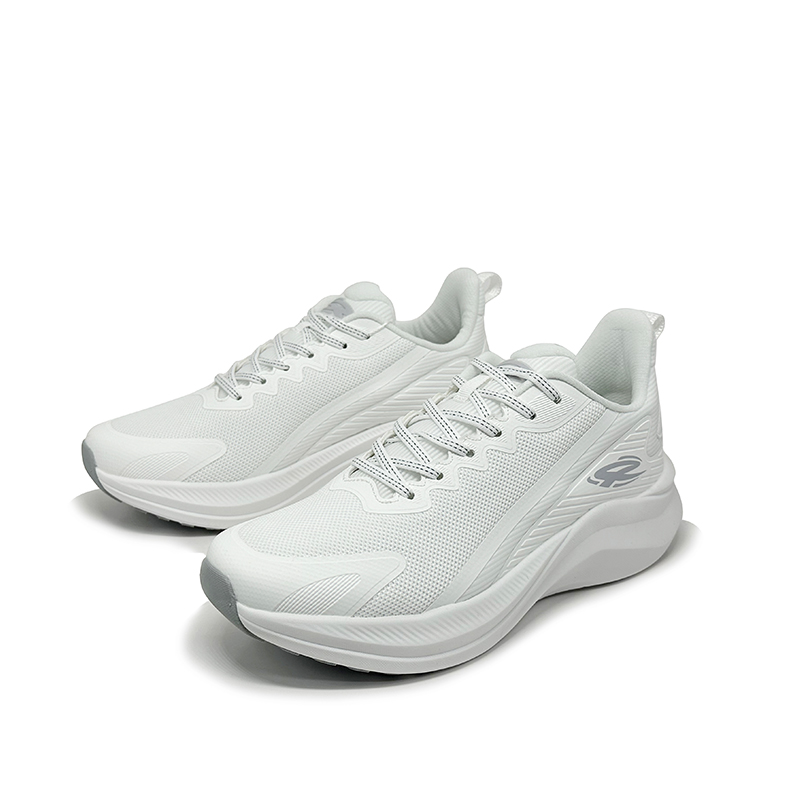
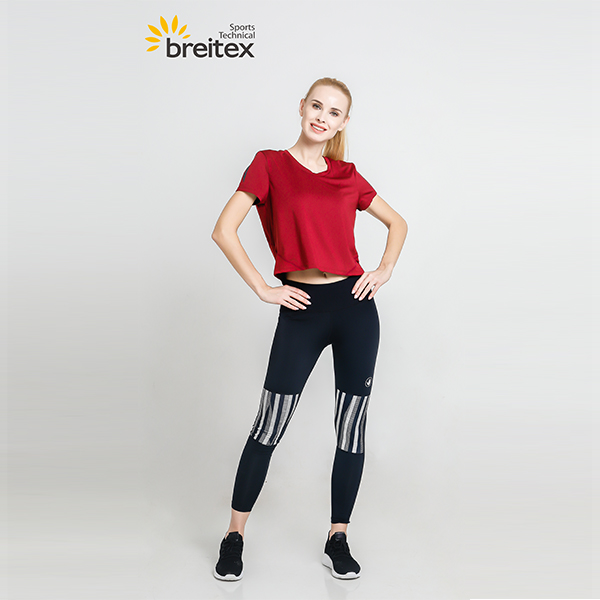
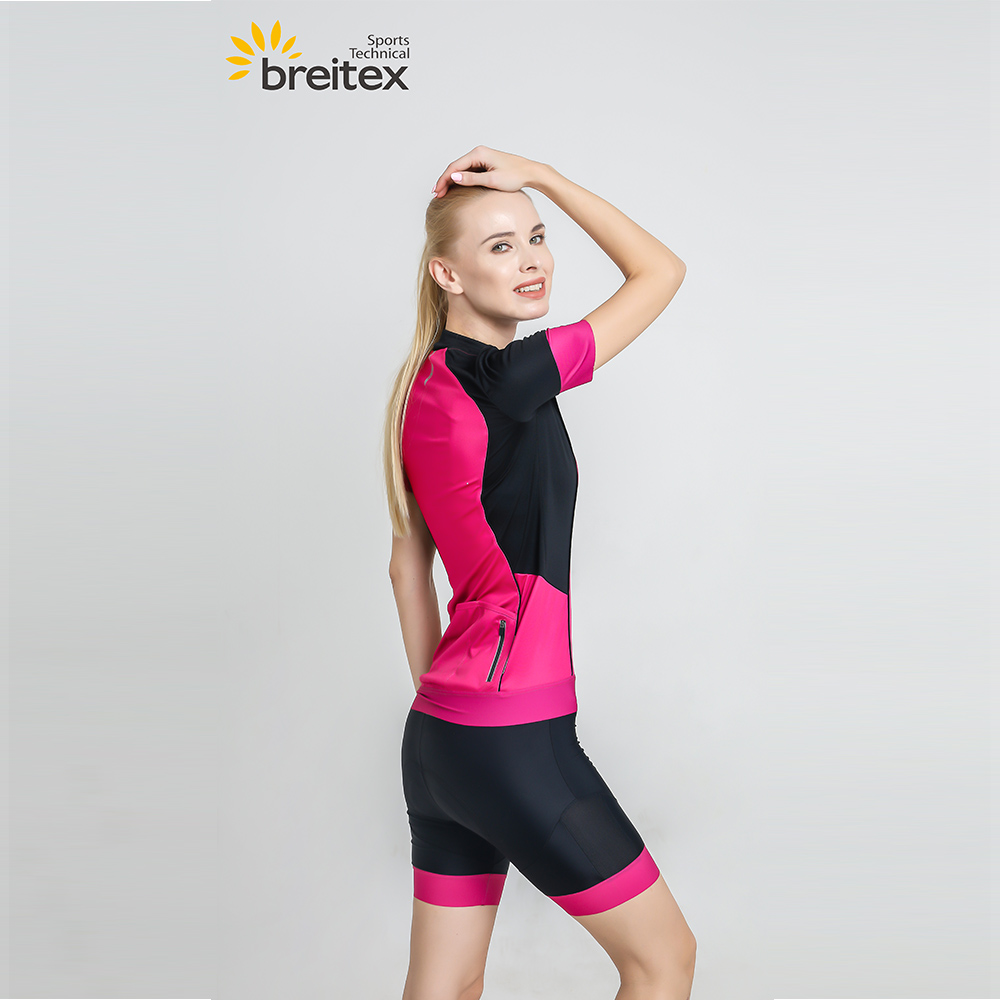
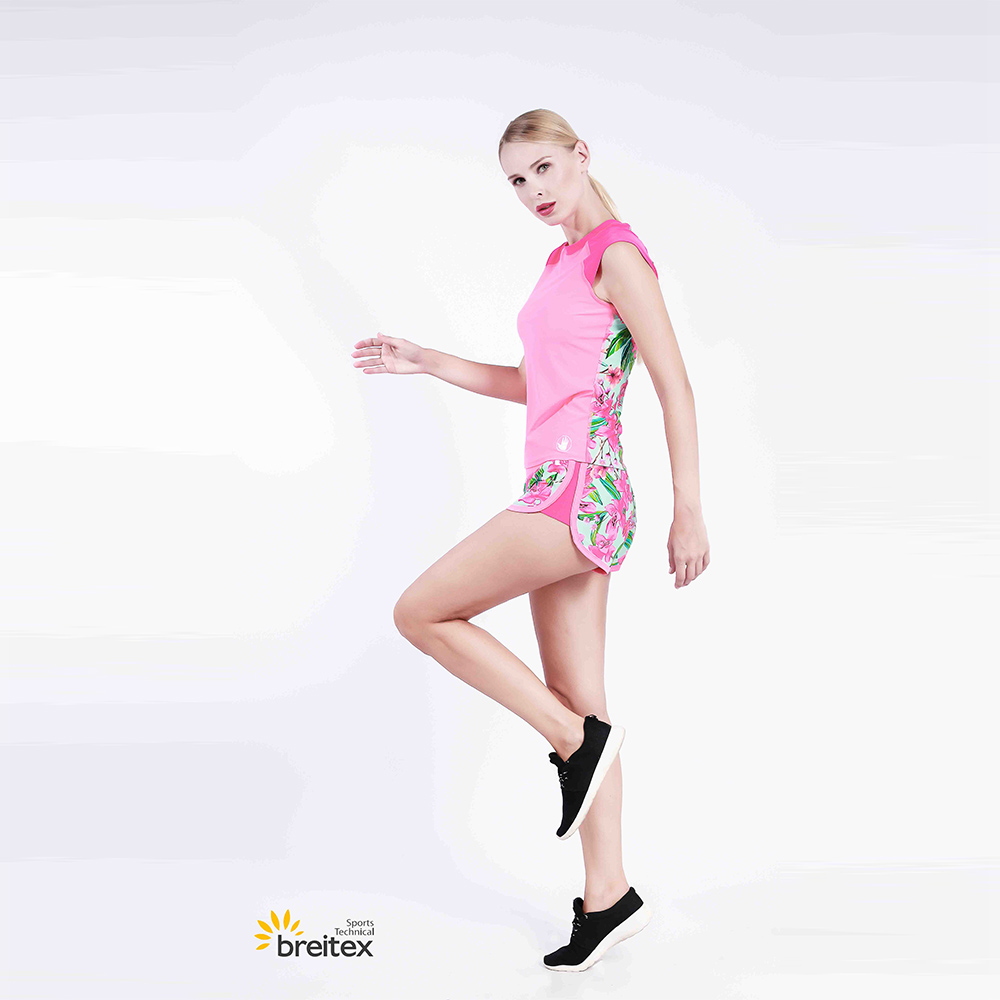




 Linkedin
Linkedin  Tik Tok
Tik Tok  Facebook
Facebook  YouTube
YouTube  Pinterest
Pinterest
















